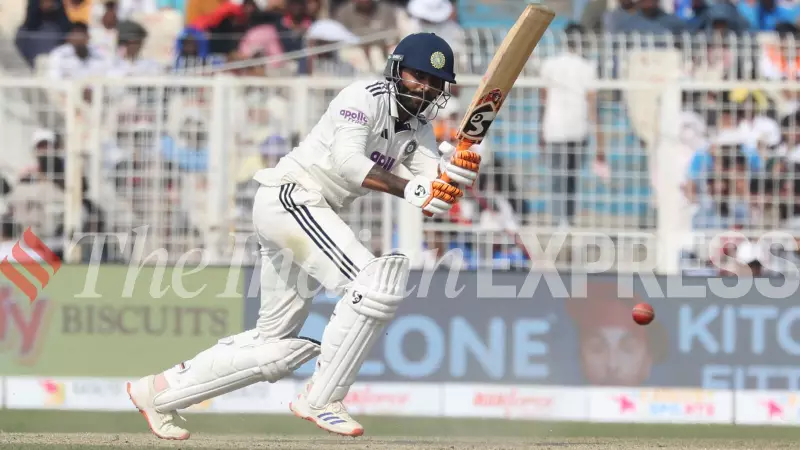
Eden Gardens Pitch Becomes Ultimate Test of Character
The recently concluded Test match between India and South Africa at Kolkata's iconic Eden Gardens turned into a brutal examination of batting technique and mental fortitude. The challenging surface, which featured premature cracking and variable bounce, exposed fundamental weaknesses in the Indian batting lineup that went beyond mere pitch conditions.
While the Eden Gardens wicket was undoubtedly difficult, featuring uneven hardness and early deterioration, it was the Indian batsmen's response to these conditions that ultimately determined the match's outcome. The surface demanded clear decision-making - attackers needed to attack aggressively, while defensive players needed to stonewall relentlessly. Unfortunately, most Indian batsmen fell into what experts are calling "in-betweenism" - neither fully attacking nor completely defensive.
Shot Selection Nightmares Haunt Indian Batting
The match witnessed several instances of poor judgment and execution that had little to do with pitch conditions. Rishabh Pant's dismissals in both innings exemplified this trend. In the first innings, he attempted to pull a Marco Jansen bouncer from an awkward angle around the stumps, resulting in a glove to the wicket-keeper. The second innings saw him misread the flight completely, offering a simple return catch to Simon Harmer.
Yashasvi Jaiswal's repeated attempts to play the cut shot despite the surface's dual bounce proved equally costly. After missing two slashes in the second innings, his determination to middle the shot led to his downfall when Jansen cleverly pitched fuller, inducing an edge to the keeper.
The pattern of recurring technical mistakes became particularly evident with Ravindra Jadeja, who fell leg before wicket to Harmer in both innings while playing with his bat behind the pad. This fundamental error against an off-spinner who was consistently straightening the ball highlighted technical deficiencies rather than pitch-related challenges.
Mental Battles Lost Before Physical Ones
Former Indian opener Gautam Gambhir provided crucial insight when he observed that the wicket wasn't unplayable. "It might not be a wicket which is going to allow you to be very, very flamboyant, where you can play those big shots. But if you are willing to put your head down, definitely it's a wicket where you can score," he remarked.
This perspective underscores how the mental aspect of batting became as important as technical proficiency. Several batsmen appeared to suffer from what analysts are calling "bad ball-paranoia" - the fear of unplayable deliveries leading to preemptive mistakes against routine balls.
Dhruv Jurel's dismissal perfectly illustrated this mental struggle. After batting sensibly, he succumbed to a short ball from Harmer despite fielders patrolling the deep and the pitch's unpredictable nature making the pull shot particularly risky. The ball stopping on him further complicated the execution, resulting in a catch in the deep.
Experience No Substitute for Sound Technique
What made India's batting collapse particularly concerning was that most batsmen had substantial Test experience. Apart from Jurel (8 Tests), Axar Patel (15), and Washington Sundar (16), every other batsman had accumulated more than 20 Test appearances. This experience failed to translate into sensible batting when conditions demanded adaptation.
Washington Sundar's dismissals highlighted how even technically sound players can be undone by lapses in concentration. In both innings, he was deceived by flight and drop, falling to deliveries that straightened just enough to find edges despite his generally solid defensive technique.
The match ultimately revealed that on challenging surfaces, clear thinking and disciplined execution trump both experience and natural talent. As Gambhir noted, the pitch demanded batsmen to "put their head down" rather than attempt flamboyant strokeplay.
This comprehensive batting failure at Eden Gardens serves as a crucial learning opportunity for the Indian team as they prepare for future challenges on similarly demanding surfaces. The need for better game awareness, shot selection, and mental resilience has never been more apparent.





